No.105 City of Truro – a clever design
Flushed with success after fettling Bucklebury Grange I thought I would tackle some of the other unresolved locomotive issues.
Bachmann 3440 City of Truro
City of Truro arrived from the National Railway Museum in
January 2010. I remember being well impressed by the livery and the detail. It
ran slowly and smoothly and was carefully put away – too good (expensive) for
day to day use. Fast forward to January 2014 and Bachmann’s Dukedog arrives.
9017 was a superb runner, smooth and rock steady. It had me thinking because
City of Truro did have a tendency to swing from side to side. I would
investigate.
Underside of City of Truro
The driving wheels on City of Truro are geared to reduce
problems with quartering. I did wonder if the driving wheels were not true on
their axles. I would try some replacements. Steve at Barwell indicated that the
wheels could be removed without splitting the chassis and body. Also that the
outside cranks simply ‘pull off’.
City of Truro Driving Wheels
The two pairs of Bachmann driving wheels are true to
Prototype having different crank and balance weight positions front and back.
Crank fixing from the outside
The positions of the external cranks are mirrored on the
face of the wheels.
Crank pin fixing
The cranks are located on the driving wheels with plastic
split pins. I pushed these out of using a wooden cocktail stick.
Crank fixing
The cranks are a sliding fit on the extended axles. Removing
the cranks from the extended axles and lifting the wheel sets out requires
careful manipulation. The Bachmann design is very clever (as opposed to ’design
clever’) and they have helped by forming the brake gear from a flexible plastic
– part of which can be unclipped as shown below.
Flexible brake gear
With practice the wheel sets can be removed remarkably
quickly. I tried a number of different combinations. Success – one replacement
wheel set, one original wheelset (squeezed up by say 0.25mm). I have a near
perfect runner.
It helps to remove the tender during this rebuilding
process. A word of advice, when reassembling the bottom plate it is important
to ensure that the phosphor bronze pickups have not been distorted and that
they are still rubbing the back of the wheel rims – and not the spokes or
balance weights!
It has been a good week. As has already been
mentioned elsewhere I also backdated my Hornby Duke of Gloucester (Special Edition)
to the 1960s.
Hornby Duke of Gloucester (my Special Edition backdated
to the 1960s)
I would use a multipurpose black marker pen to colour the
handrails and some dull black paint to cover the yellow Timken Roller Bearing
covers.
Hornby Duke of Gloucester (my Special Edition backdated
to the 1960s) with black handrails etc
I am well pleased, something that I should have done nine
months ago.

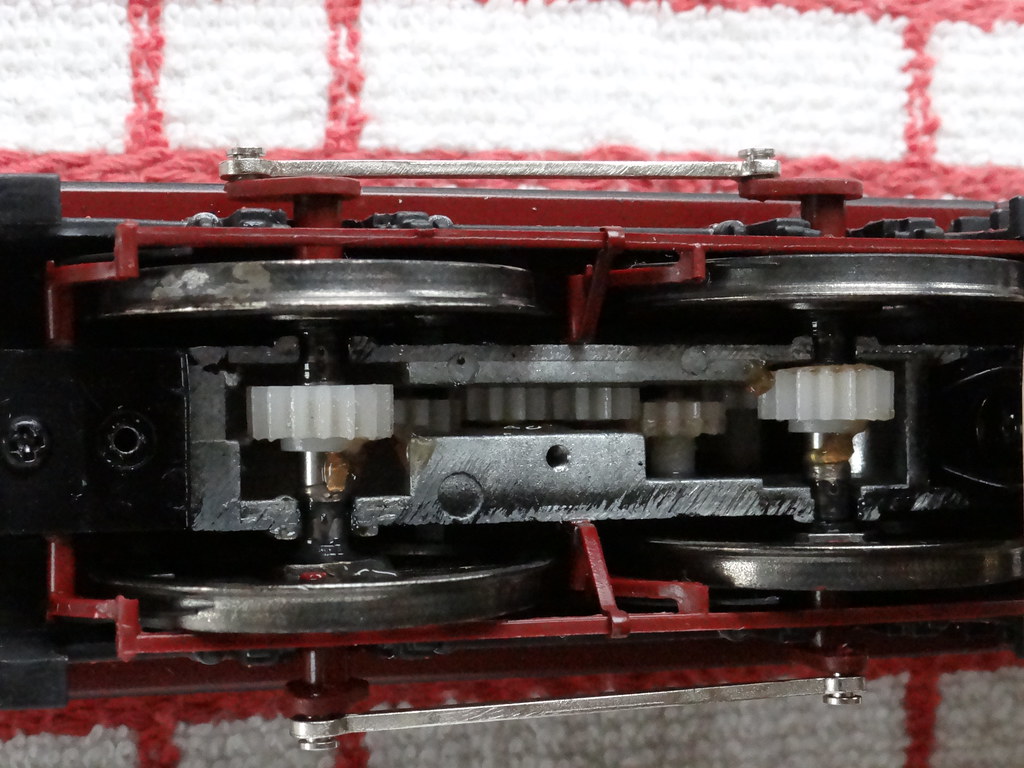
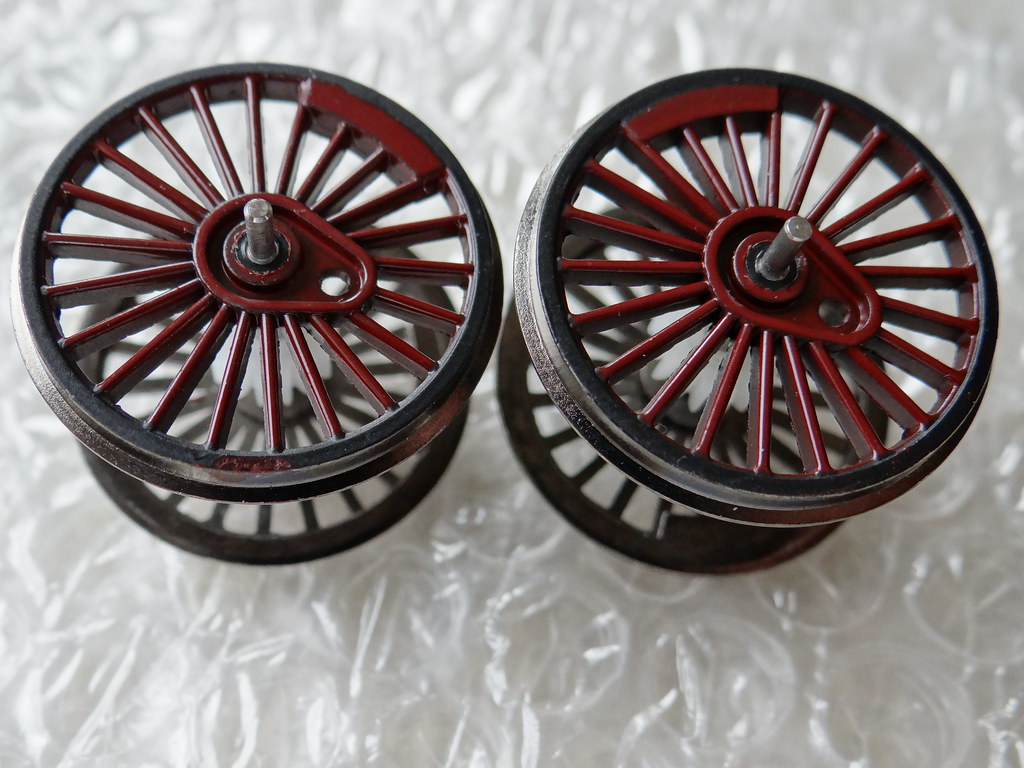
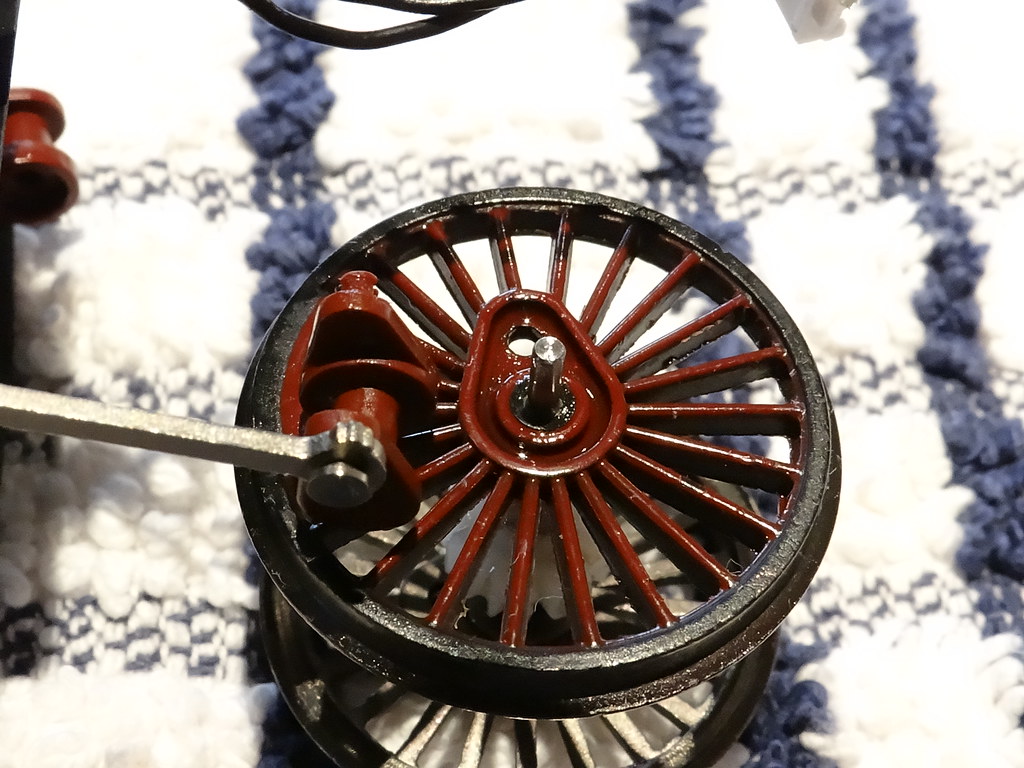
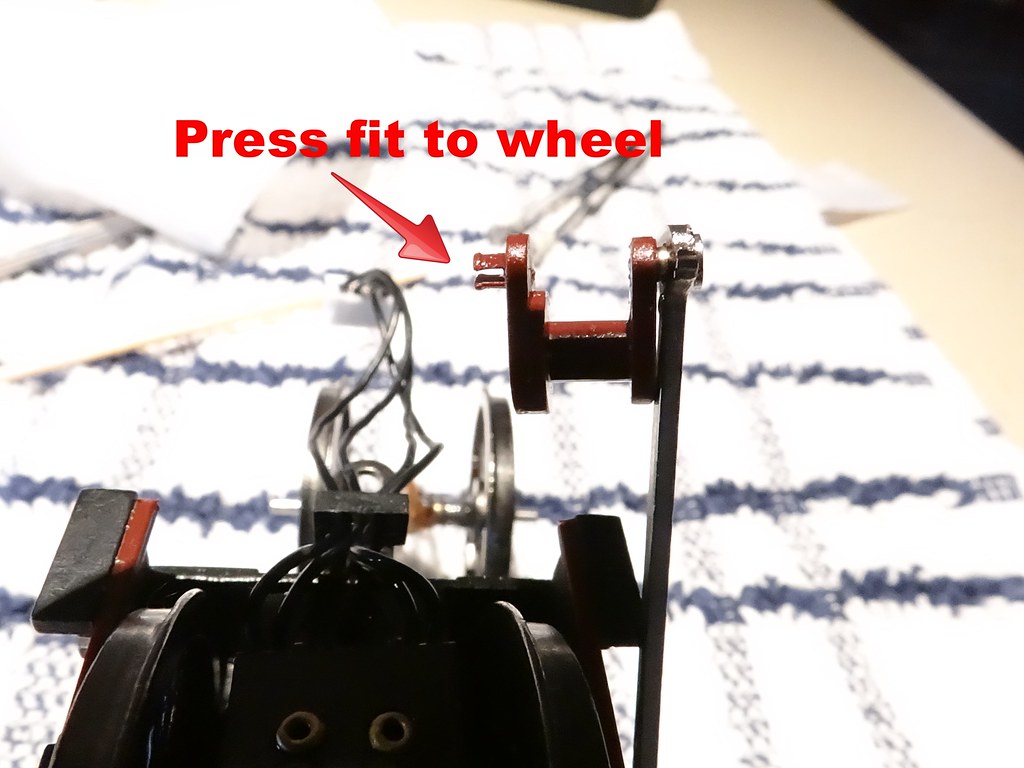
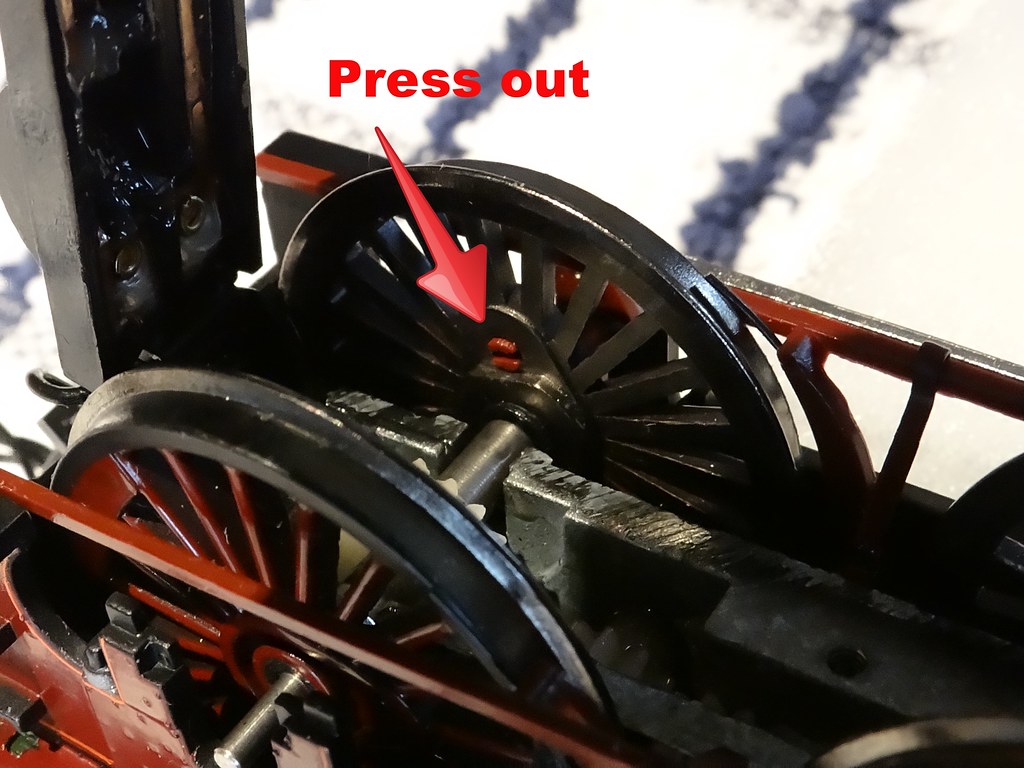
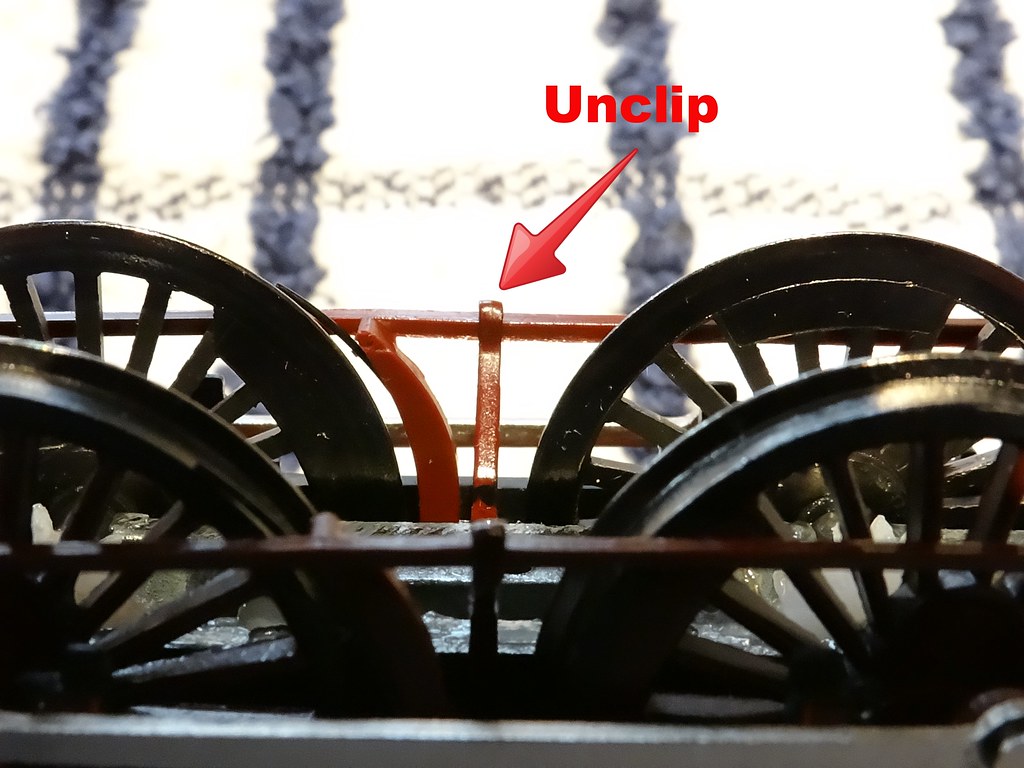
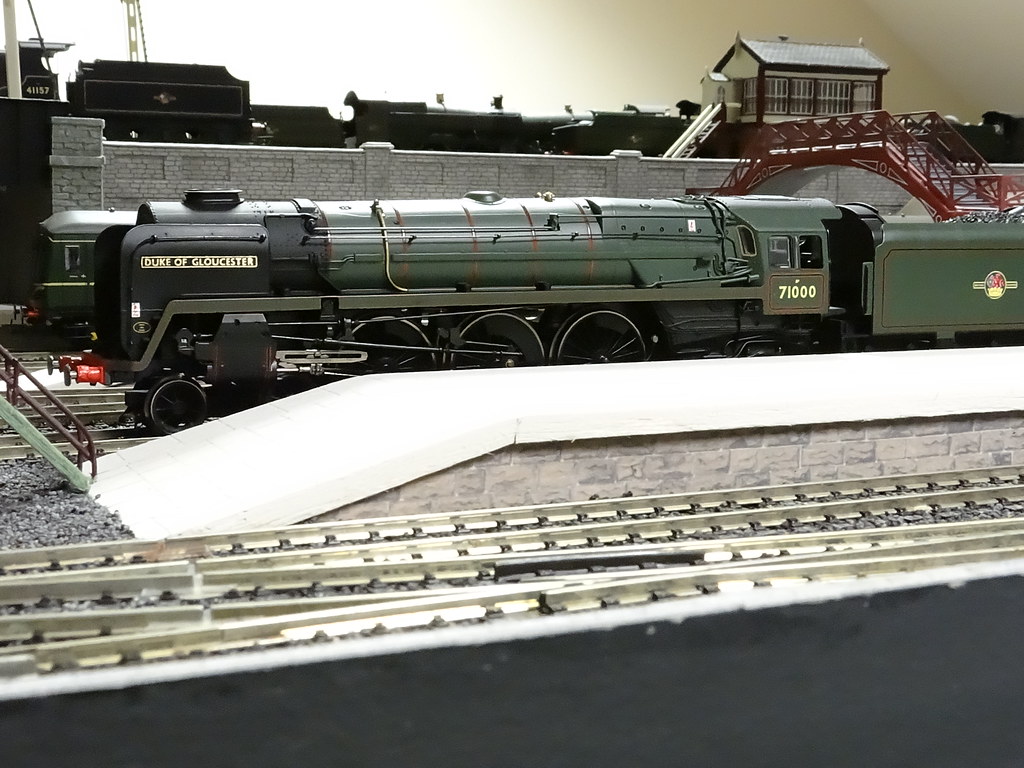

Comments